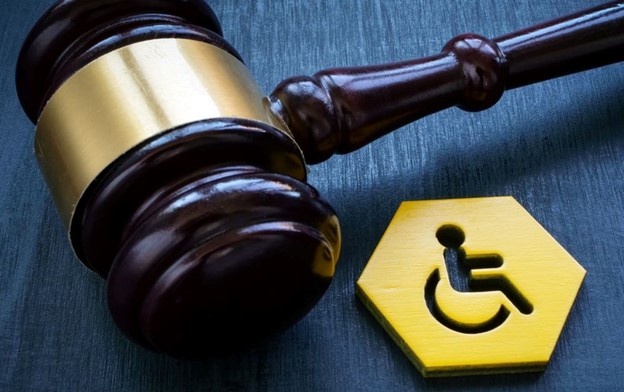Understanding The Social Security Administration’s Blue Book
The journey towards obtaining Social Security Disability Insurance (SSDI) can be challenging. The SSA’s Blue Book is at the core of this process and plays a critical part in determining whether you can receive disability payments for your condition. Learn more about how the Blue Book works to better understand the SSA’s evaluation process.
What is the SSA’s Blue Book?
The SSA’s Blue Book is an essential part of assessing disability claims. It contains a long list of conditions and the specific criteria to qualify for benefits. The Blue Book also serves as a guide to help applicants navigate the process. By understanding the SSA’s requirements, you can see whether your condition would be severe enough to have your claim approved.
The Blue Book has two main sections. Part A covers medical conditions that affect those 18 and over. Part B, on the other hand, focuses on Childhood Listings, detailing conditions that impact those under 18. Each section is then subdivided into categories based on different body systems, offering a systematic approach to evaluating your disability.
Key Conditions Listed in the Blue Book
The SSA’s Blue Book recognizes many common disabilities that could potentially qualify you for SSDI benefits, including:
- Musculoskeletal Disorders
- Special Senses and Speech
- Respiratory Disorders
- Cardiovascular Disease
- Digestive Disorders
- Genitourinary Disorders
- Hematological Disorders
- Skin Disorders
- Endocrine Disorders
- Congenital Disorders that Affect Multiple Body Systems
- Neurological Disorders
- Mental Disorders
- Cancer
- Immune System Disorders
No matter your condition, the SSA gives you detailed criteria that can help you and your attorney see whether you’re eligible.
How the SSA Uses the Blue Book
Disability examiners and medical consultants use the Blue Book’s details to determine if your medical condition matches or equals the severity of the listed impairments. By following this procedure, they ensure that only those who genuinely need it receive benefits. That said, always try to have evidence of your condition to ensure your claim meets the SSA’s strict standards.
What If Your Condition Isn’t in the Blue Book?
A medical condition not in the Blue Book doesn’t automatically disqualify you from filing a claim. In these cases, the SSA assesses whether the unlisted condition has limitations similar to those of another listed impairment. The SSA calls this “equaling a disability listing.” If your health issues stop you from finding employment and are as severe as those caused by a condition in their book, you may still be eligible for benefits.


